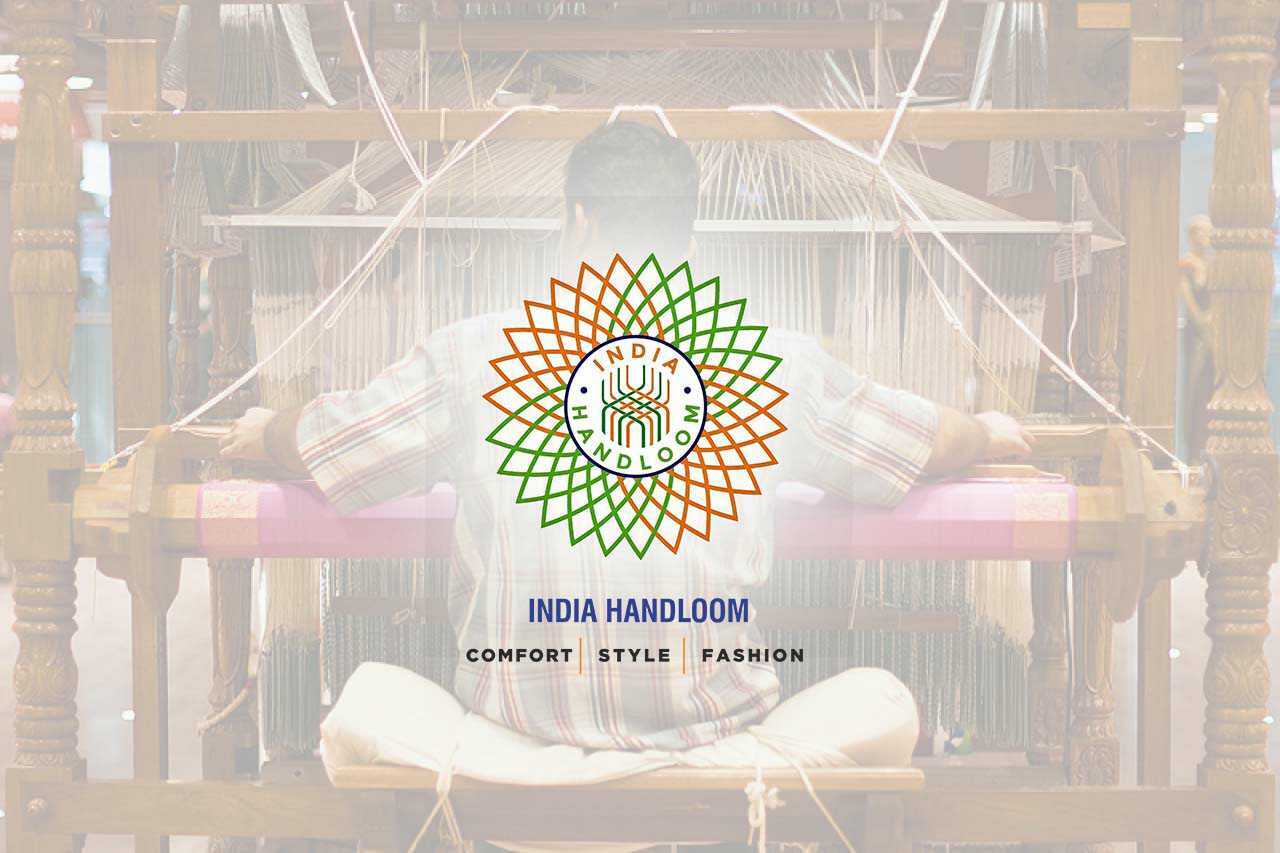UAE / Middle East
21st - 23rd December 2020

HEPC is a nodal organisation constituted under “The Ministry of Textiles, Government of India” to promote the exports of all handloom products like home furnishings, carpets, floor coverings, clothing accessories, fabrics etc.
The basic objective of HEPC is to provide all support and guidance to the Indian Handloom exporters and International buyers for trade promotion and international marketing.
HEPC was constituted in the year 1965 with 96 members and its present membership is over 1500 spread all over the country. The Handloom industry mainly exports bed linen, table linen, toilet and kitchen linen, towels, curtains, cushions and pads, tapestries and upholstery, carpets and floor coverings, clothing accessories, fabrics etc.
Know More 01The weaving industry in India can be traced back to the days of Indus Valley Civilization. India is a country that has created a niche of its own when it comes to making of high-quality fabrics. Those who acquired the skills of working as handloom weaver or hand spinner have been a key segment in the Indian culture in the sense that their services have certainly been on a high demand over the years dating back to the 18th century.
Handloom sector contributes about 12% of the cloth production in the country and 95% of the world’s handwoven fabrics comes from India. Handloom sector in India nearly provides direct or indirect employment to more than 3.5 million weavers and allied workers.
Know More 02
The strength of Handwoven product lies in innovative design, which cannot be replicated by the Power loom sector
Handwoven product is unparalleled in its flexibility and versatility, permitting experimentation and encouraging innovation
Weavers with their skillful blending of myths, faiths, symbols and imagery provide their fabric an appealing charm.
It projects a unique image for improving the environment
It caters to all sections and offers a range that suits every strata of society
The industry has the advantage of flexibility of small production
Available in a range of fibers like cotton, silk, jute, wool and synthetic blends
Woven in a sector with largest infrastructure with 2.7 Million handloom households – weaving of every design and construct.
Provides employment opportunities to 3.52 Million handloom workers.
This sector accounts for 12% of the total cloth produced in the country.
Availability of more than 1500 exporters all over India catering to overseas market.